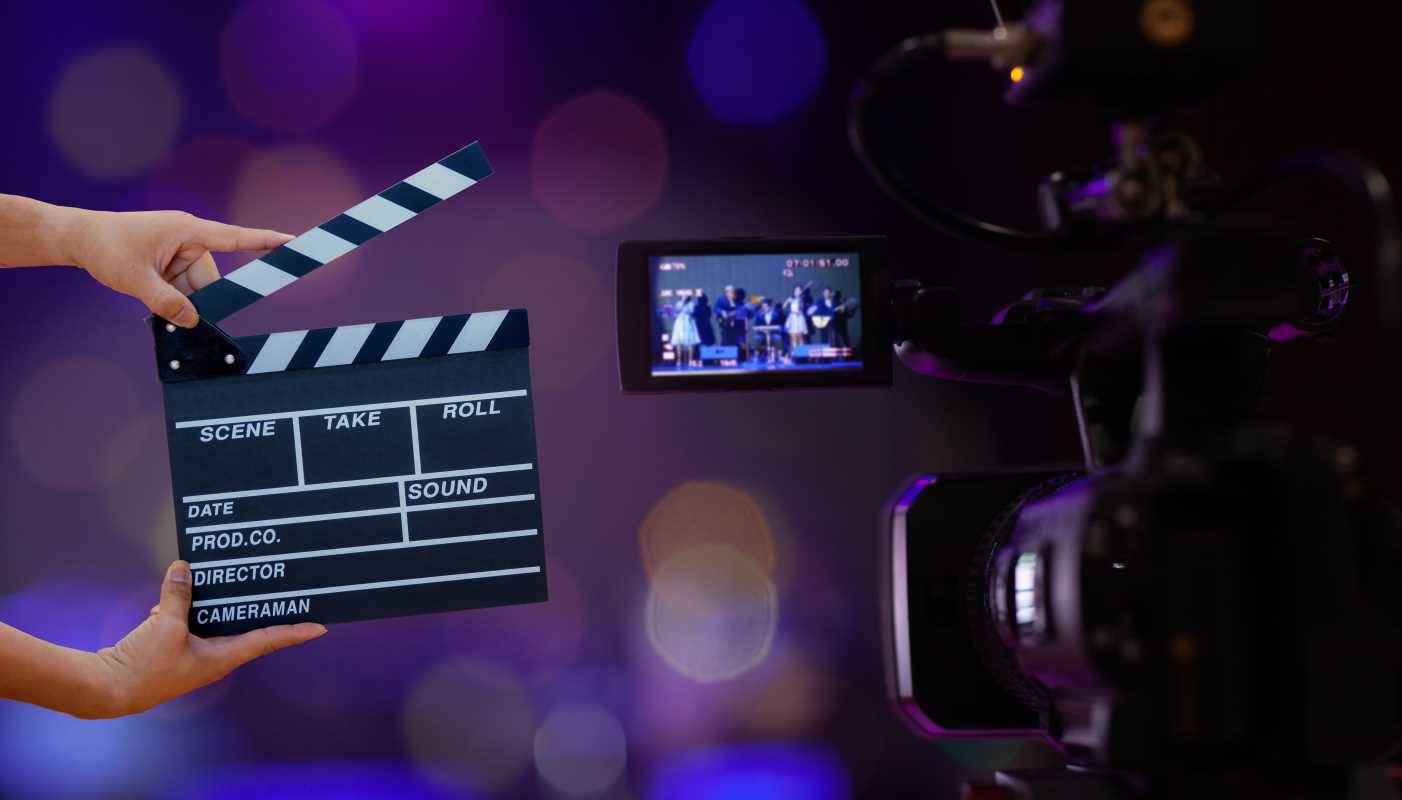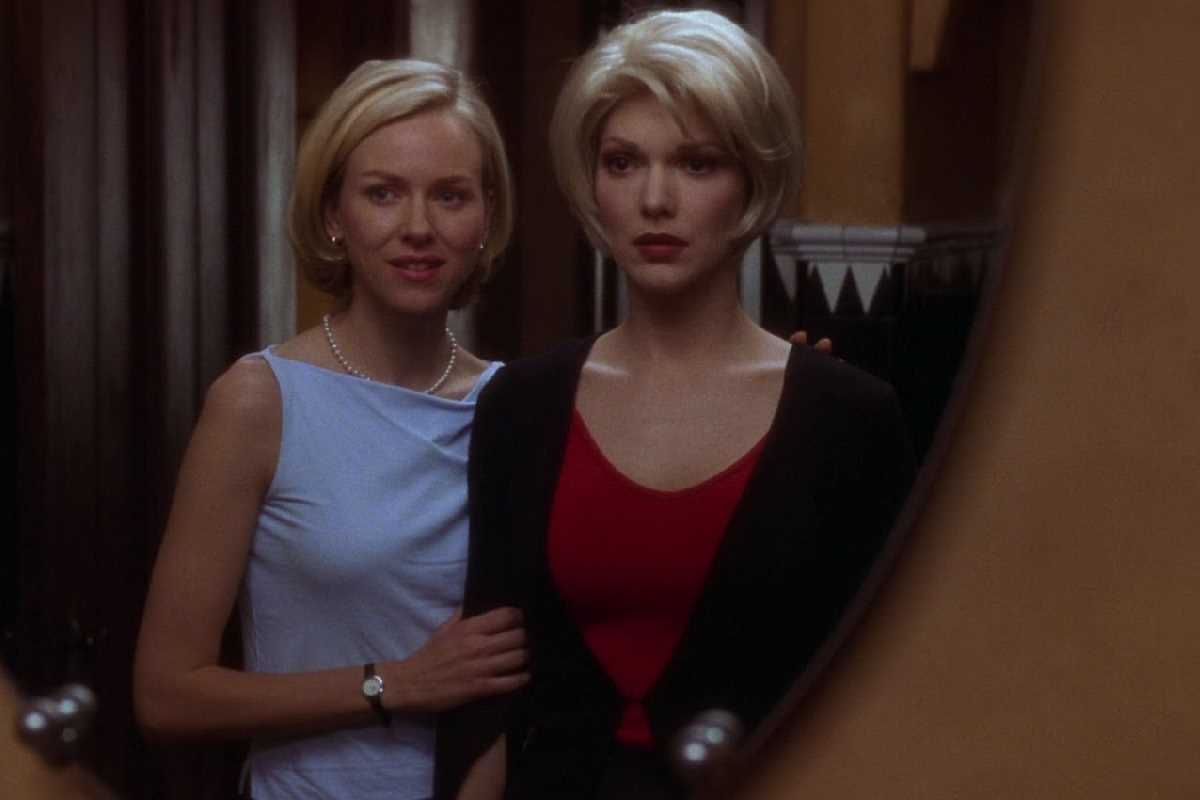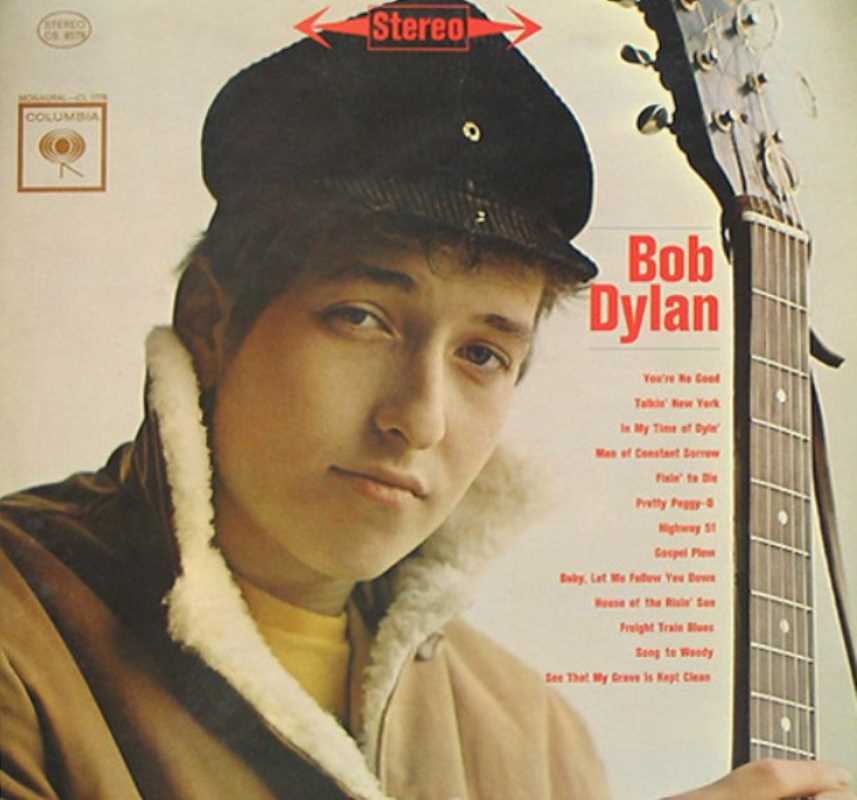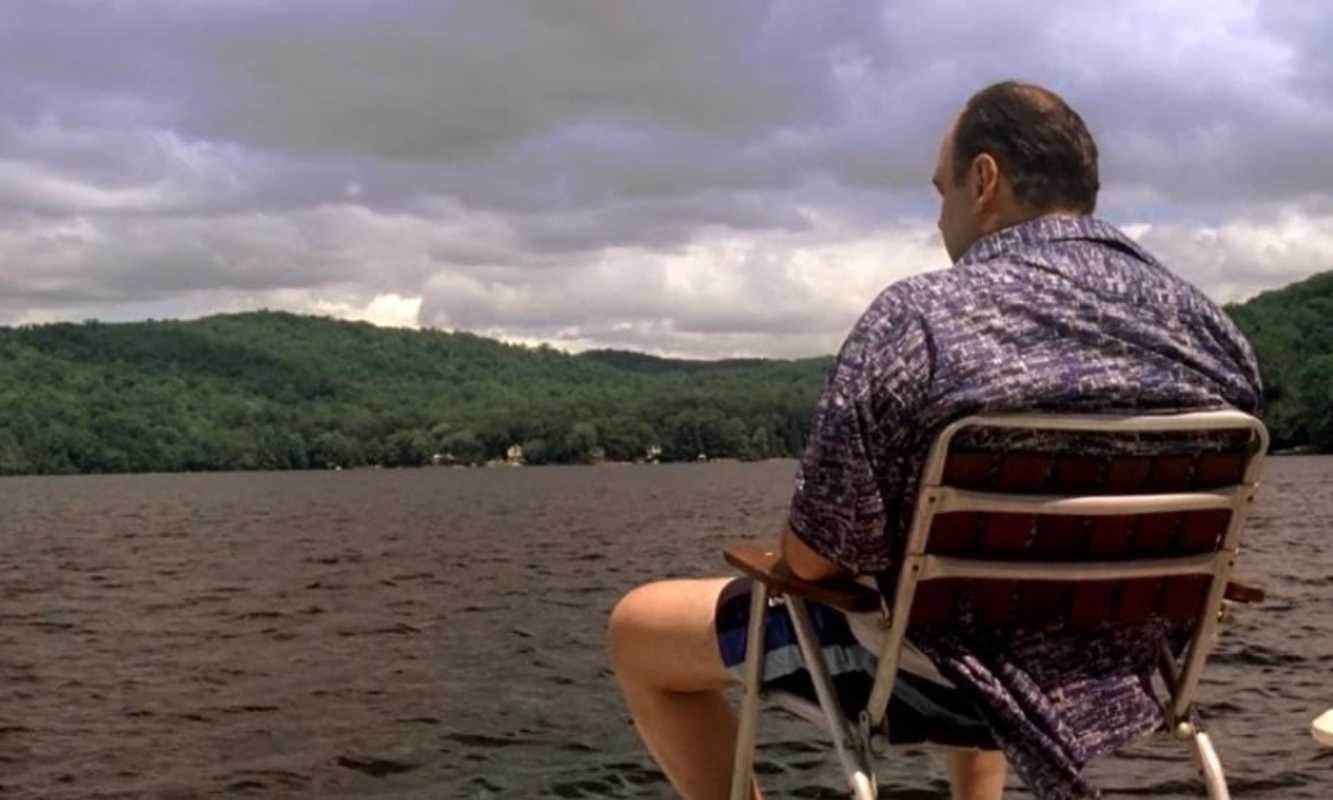Picture yourself attending a concert, standing shoulder to shoulder with fans from around the world, without even leaving your living room. Virtual reality (VR) concerts are turning this vision into a reality, offering a completely new way to experience live music. These immersive events combine cutting-edge technology with the universal love for music, creating unforgettable performances accessible from anywhere. With glowing reviews from audiences and tech enthusiasts alike, many believe VR concerts could redefine the live music industry. Could they eventually replace in-person shows? Or will they simply provide another option to experience your favorite artist? Keep reading to explore how VR is reshaping live music, the exciting possibilities it brings, and what this might mean for future performances.
What Is a VR Concert?
Virtual reality concerts are live music events broadcast in a completely digital environment. Instead of going to a physical venue, attendees slip on VR headsets like the Meta Quest 2 or HTC Vive and are transported into a virtual concert space. These spaces are designed to replicate—and sometimes enhance—the atmosphere of traditional concerts. You might find yourself in a futuristic stadium, an intimate lounge, or even a surreal, otherworldly setting that’s only possible with VR.
What truly sets VR concerts apart is their level of immersion. With 3D visuals, surround sound, and interactive elements, you feel like part of the action. Many platforms, such as Wave and Stageverse, have been leading the charge, offering users a front-row seat to high-energy performances from major stars like The Weeknd and Travis Scott.
How VR Makes Concerts More Accessible
One significant advantage of VR concerts is how they break down barriers to live music experiences.
No Travel Required
Attending concerts often means budgeting for travel, tickets, and accommodations, particularly for fans who live far from major cities. VR eliminates the need for physical presence—no plane tickets, no hotel bookings, and no lengthy commutes. Fans can enjoy their favorite artists without leaving home, saving money and time.
Inclusivity for All Fans
Live music venues often have accessibility limitations for people with disabilities. VR opens up opportunities for everyone, regardless of physical ability, by offering customizable seating arrangements and features like subtitles for lyrics or commentary.
Global Reach
With VR, artists can perform for a global audience all at once. Fans from Tokyo to Toronto can experience the same show simultaneously, bringing a whole new meaning to the phrase “world tour.”
The Tech Powering VR Concerts
Behind the scenes, multiple technologies work together to make virtual reality concerts a reality.
Immersive Virtual Environments
At the core of every VR concert is a meticulously designed virtual setting. These environments are brought to life with computer-generated imagery (CGI) that makes them feel vibrant and interactive. Imagine walking through a neon-lit forest or exploring outer space while your favorite song plays live—all of this becomes possible with advanced graphics engines.
Motion-Capture Technology
Ever wonder how a performer’s real-life movements translate into the virtual world? Motion-capture devices, often worn by artists during a performance, record their gestures and replicate them digitally. This creates a sense of realism and connection, as fans can see the performer’s every move in real time.
Spatial Audio
Another critical element of VR concerts is spatial audio, which simulates the way sound moves in a real-life venue. Unlike traditional stereo sound, spatial audio adjusts based on your position in the virtual venue. If you “stand” closer to the stage, the vocals and instruments sound louder and more direct, making the experience feel authentic.
Key Players Revolutionizing VR Concerts
Several companies are pushing the boundaries of what’s possible in virtual reality music performances.
Wave
Wave has gained a reputation for hosting mind-blowing VR concerts featuring big names like Justin Bieber and John Legend. The platform lets fans interact through avatars, and performances often incorporate dynamic visual effects synced with the music. This isn’t just a concert—it’s a fully immersive art experience.
Stageverse
Stageverse combines VR concerts with social media, creating a space where fans can connect, chat, and even customize their virtual concert outfits. The company recently debuted a VR version of a Muse concert, re-creating a live stadium performance down to the smallest detail.
Meta (formerly Facebook)
Meta is investing heavily in VR through its flagship platform, Horizon Venues. With integrations for Oculus headsets, Meta is focused on scaling VR concerts for mainstream audiences. Early collaborations with artists hint at significant growth on this platform in the coming years.
Why Fans and Artists Love VR
For music fans, there’s more to VR concerts than convenience and accessibility. These events offer levels of artistic creativity and fan interaction unlike anything seen before.
- Immersive Experiences
Imagine a concert that not only sounds good but feels completely out of this world. Artists often design VR shows to include visual effects like floating islands, kaleidoscopic animations, or interactive light shows. This makes each performance a one-of-a-kind event.
- Closer Connections
VR concerts blur the line between performer and audience. Fans can interact directly with the artist through live chats, emoji reactions, and even meet-and-greets in virtual rooms. This direct engagement deepens the emotional connection to the music.
Artists also benefit significantly from VR. They can reach a wider audience at a lower cost, experiment with unusual artistic concepts, and even earn from ticket sales, merchandise, and sponsorships within the VR environment.
Challenges to Widespread Adoption
While VR concerts have plenty of potential, there are a few obstacles to consider before they become mainstream.
High Technology Costs
Accessing VR concerts requires specialized devices, often costing hundreds of dollars. For casual music fans, this can be a significant investment.
Internet Speeds
Successful VR streaming depends on fast and stable internet connections. Unfortunately, not everyone has access to the speeds required for a smooth experience, especially in rural areas.
Learning Curve
Even with user-friendly platforms, some people find VR technology intimidating or challenging to operate, especially first-time users.
Are VR Concerts the Future?
For artists, VR unlocks wide-reaching creative freedom and a chance to build closer relationships with fans around the globe. And for audiences, it breaks down barriers, making live music something everyone can enjoy, regardless of geographic or physical constraints.
If you haven’t yet tried attending a VR concert, now might be the time to check it out. Who knows? Your next unforgettable music experience could happen right in your living room, with a VR headset as your ticket to the future.
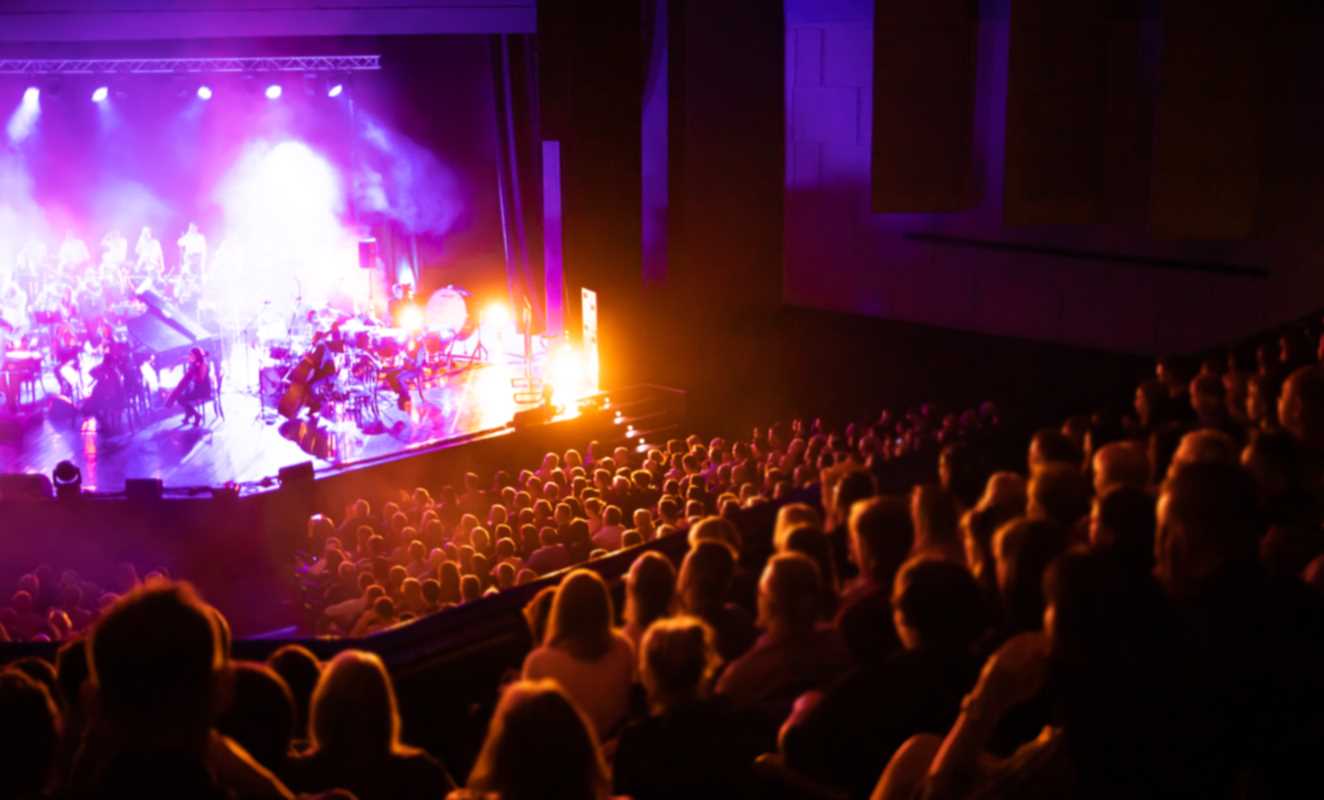 (Image via
(Image via